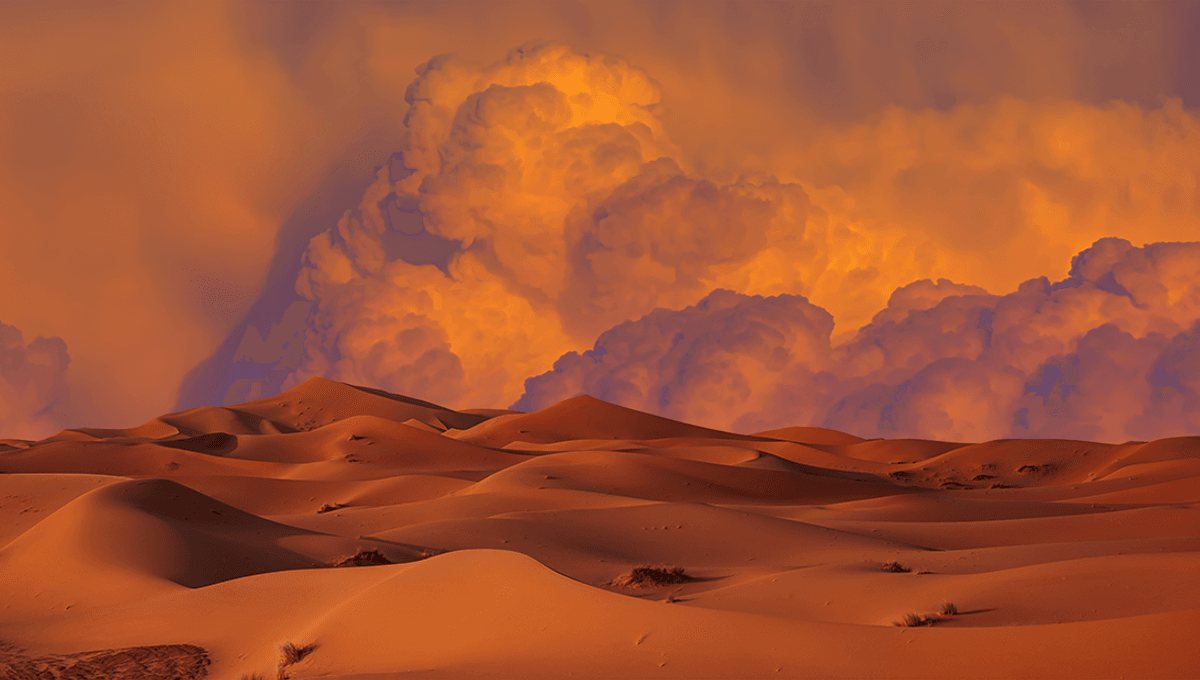
Whether it’s archaeologists, or just some lads on the beach creating a hole mistaken for an asteroid impact, people can’t help wondering what’s underneath sand.
The answer differs depending on the sand, of course. By the shore, the constantly churning sea grinds up rocks over thousands or millions of years, creating sand. Underneath the ocean sediment you will find the sedimentary rock sandstone, created under the pressure of the layers above. Dig through this and you may find oil (which is not made of dinosaurs, by the way) or fossils, created as minerals seep into the organism and turn to stone.
On land, sand can also be formed from rocks, ground down by weathering of rivers and other elements. One area covered in the stuff (well, kind of) is the Sahara desert. While famous for its expansive sand dunes, like the majority of deserts the Sahara mostly not sand.
So, what lies beneath the Saharan sand dunes? It turns out, plenty of interesting finds. The Sahara wasn’t always the dry, arid landscape it is today. A recent study showed that it becomes a green woodland roughly every 21,000 years, a result of the wobbling of the Earth’s axis causing changes to monsoon seasons.
As well as the world’s largest fossil water aquifer system – trapped groundwater known as the Nubian Sandstone Aquifer System – the desert contains other surprises. One, found back in 2010, is a prehistoric mega-lake. Looking at fish fossils found 400 kilometers (250 miles) west of the Nile, as well as radar data of the area, researchers found evidence that around 250,000 years ago the Nile flooded the east of the Saharan desert, covering more than 108,800 square kilometers (42,000 square miles).
“These lakes could have originated from overflow of the Nile through Wadi Tushka, the low point on the west bank of the Nile. An overflow origin is consistent with recent hypotheses on the origin of the Nile and its integration with drainage from Central Africa,” the team wrote in their study, adding that “the topographic data add to the growing evidence for numerous early and middle Pleistocene lakes across North Africa that could have supported human migration patterns.”
According to the team, Paleolithic humans likely made settlements near the ancient mega-lake close to the water source.
As inhospitable as the Sahara may seem, it has been lived in through the centuries, with settlements and fortresses from lost civilizations being discovered throughout the years. As for what’s beneath all this, you probably won’t be surprised to learn it’s our old friend sandstone again. Dig down through the sandstone and you will find bedrock, and dried-out clay.
Source Link: What Lies Underneath The Sahara Desert?